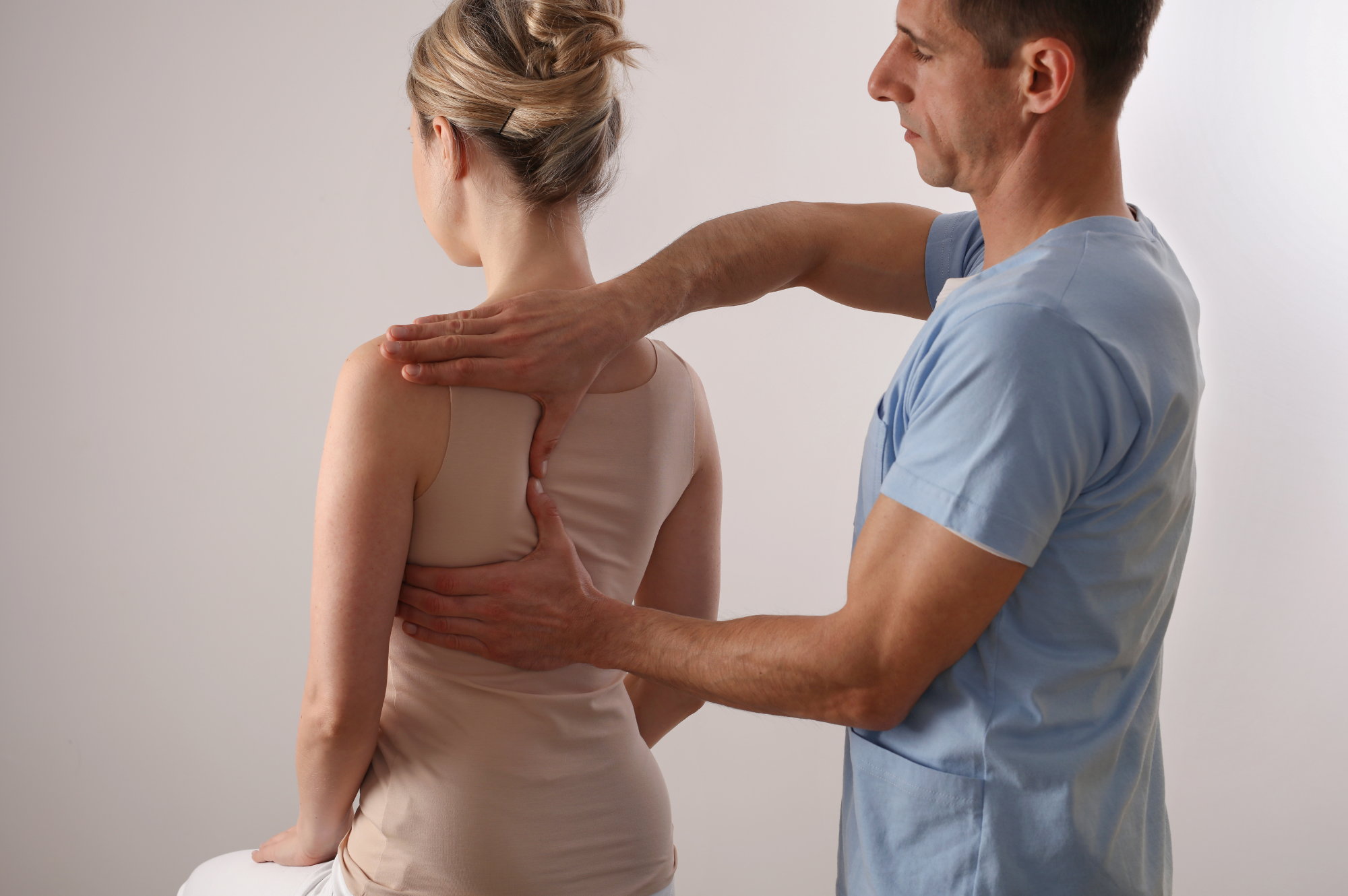
What Is Respiratory Kinesiotherapy?
The root cause for diseases in the respiratory system are due to changes in the mechanism of the respiratory act.To guard against these diseases, one must resort to respiratory kinesiotherapy. The main objective of respiratory kinesiotherapy is the restoration of impaired lung function. Respiratory kinesiotherapy can be defined as a group of specific manual exercise techniques, without equipment. Let us delve further into what constitutes respiratory kinesiotherapy.
Exercises
Kinesiotherapy exercises, ordinarily consist of certain breathing exercises you are required to perform. These would include:
- Diaphragmatic respiration
- Maximum sustained inspiration
- Fractional inspiration
Body positioning
The main objective of respiratory kinesiotherapy is the restoration of impaired lung function. It is known that the frequency and type of respiration vary depending on the position of the patient. So, in a horizontal position (lying on your back) the amount of chest corresponds to the phase of inspiration, the diaphragm is raised, the function of abdominal muscles is limited, exhaling difficult. The prone position dominates the movement of edges of the lower half of the chest (more than the rear). In the initial position, lying on their sides blocking the movement of the chest on the support side, the opposite side moves freely. Vertical position (standing up) – is the best position to perform breathing exercises as your chest and spine can move freely in all directions. In the sitting position, inferolateral nizhnezadnee breathing, abdominal breathing is difficult. Sitting with your back arched – verhnegrudnoe and abdominal breathing is somewhat easier. The use of exercise in pulmonary pathology is aimed at normalizing the blood and lymph circulation and thereby to eliminate stagnation in the lungs.
Benefits of respiratory kinesiotherapy
Systematic and early use of exercises involving respiratory kinesiotherapy have a lot of benefits. Some of the kinesiotherapy benefits are as follows:
- Normalization of the frequency and depth of breathing
- Improve sputum, drainage function
- Elimination of stagnation
- Helps to restore mobility edges (with operations in the lung and the heart)
- Improves ventilation by increasing the microcirculation in the pulmonary capillaries
- Facilitates the work of the heart
- Strengthens the respiratory muscles.
If performing these exercises have not had the desired effect, then you should consider visiting a physical therapy healthcare center. At HCR, you have a team of experienced physical therapists providing comprehensive physiotherapy assessments and treatments. You can be rest assured to breathe easy.






